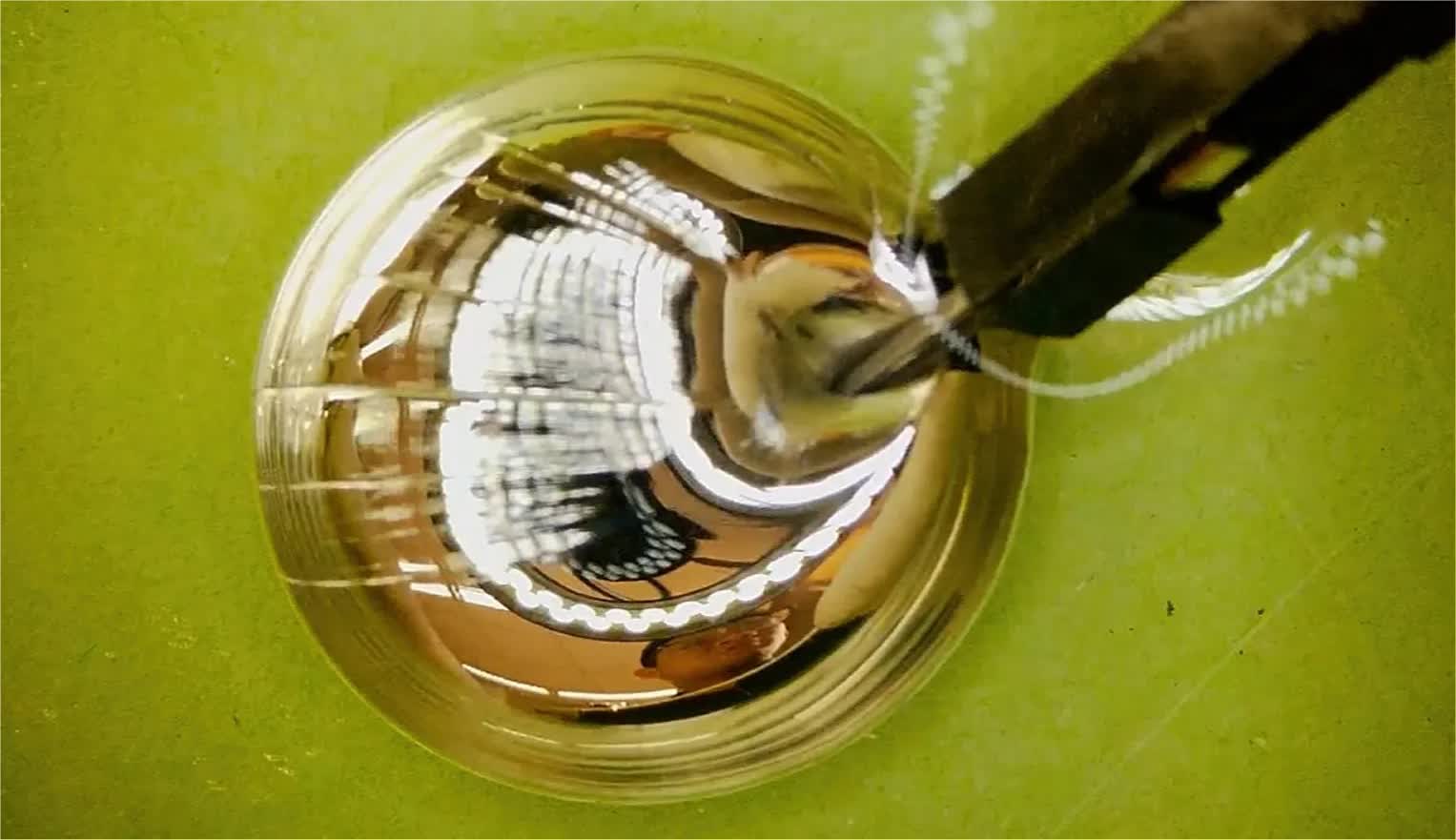Forward-looking: Researchers from Tsinghua University in Beijing have developed a flexible type of memory – in liquid form, no less – that could eventually lead to pliable robots, more versatile implantable electronics, or even full-on brain-machine interfaces.
The memory device, tentatively known as FlexRAM, utilizes a gallium-based liquid metal to perform traditional read and write processes. When a low voltage is applied to the liquid metal droplets, which are encapsulated in a stretchable biopolymer called Ecoflex, they oxidize to represent the state of "1" or "on." Conversely, reversing the polarity brings the liquid metal back to a low-resistance state; "0" or "off."
A 3D printer was used to make the Ecoflex molds, in which the liquid metal and a solution of polyvinyl acetate hydrogel was added. The hydrogel additive helps enhance the mechanical properties of the FlexRAM, and also prevents solution leakage.
To demonstrate their prototype, the team used a computer to precisely supply voltage to a series of eight FlexRAM devices and encoded one byte of data onto the storage medium. They used pulse-width modulation to go from a digital to an analog signal. It worked, and was stable enough to be repeated more than 3,500 times.

FlexRAM is volatile, meaning it only retains data while power is supplied - under most situations, that is. Interestingly enough, FlexRAM running in low- or zero-oxygen environments can retain data for a limited time even when power is cut. In testing, data could be retained for 43,300 seconds (or 12 hours) in such habitats.
Jing Liu, a professor at the department of biomedical engineering at Tsinghua University, told IEEE Spectrum that their breakthrough fundamentally changes traditional notions of flexible memory. What's more, the conceivable size scale of FlexRAM devices can vary greatly. Each liquid metal memory droplet, for example, can range from millimeter to nanoscale. The smaller the droplet size, Liu said, the more sensitive the memory response.
The researchers' full study has been published in the journal Advanced Materials.
Image credit: Google DeepMind
